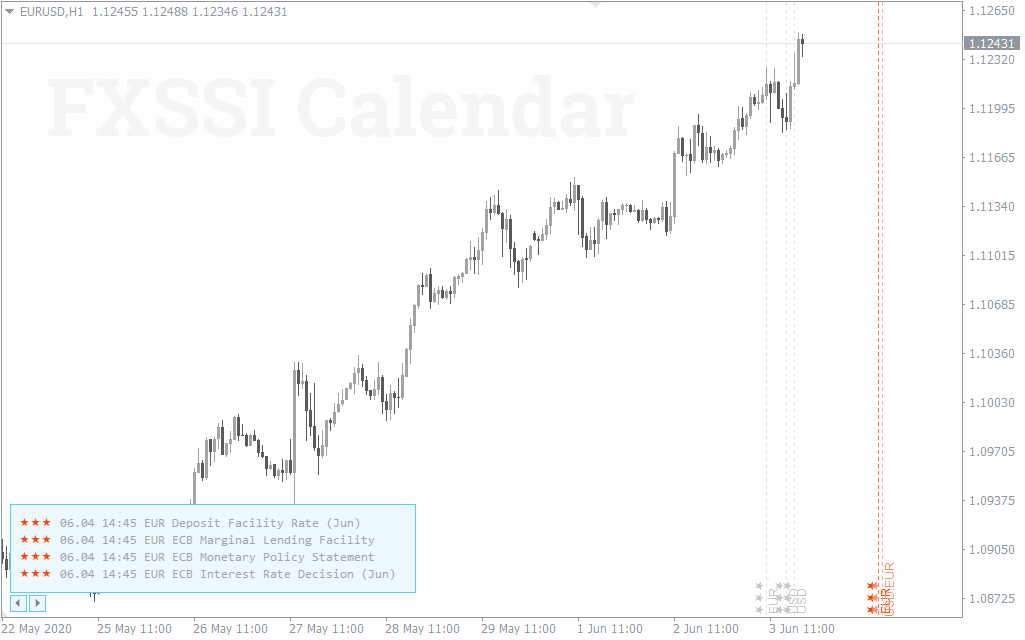This Metric Advantage: Optimizing One's Investment Approach
Exploring the complex world of trading can often seem overwhelming, especially for those unfamiliar to the investment markets. With a plethora of strategies and techniques available, traders often find themselves in search of a simplified approach that not only clarifies their decision-making process but also improves their overall performance. This is where trading indicators come into play, offering a valuable tool to help traders interpret market movements and trends.
Trading indicators are essential tools that assess price data and offer insights into market conditions. By incorporating these indicators into your trading strategy, you can gain a more distinct perspective on potential entry and exit points, manage risks with greater efficiency, and ultimately enhance your trading outcomes. In this article, we will explore how leveraging trading indicator s can transform your approach, making it effective and in line with your financial goals.
Grasping Market Signals
Market signals are vital tools that assist investors evaluate financial trends and take knowledgeable decisions. These signals use mathematical calculations based on cost, volume, or open interest data to provide perspectives into possible forthcoming cost changes. Investors often depend on these measurements to identify entry and exit points, assess market momentum, and comprehend general market dynamics.
There are various types of market signals, each serving a different function. Some popular types include trend indicators, which assist investors spot the trend of the market; momentum indicators, which measure the strength of a movement; and volatility indicators, which assess the extent of cost fluctuations. All of these types can provide important insight, enabling traders to customize their approaches according to particular circumstances.

Integrating market indicators into your plan can simplify your approach and enhance your decision-making capabilities. By depending on data-driven information rather than feelings or guesswork, traders can gain understanding in their trading actions. Understanding how to interpret and apply these indicators effectively can result in improved results and a much more disciplined trading practice.
Types of Trading Indicators
Numerous several types of trading indicators which traders can employ to boost their trading strategies. Trend indicators are among the most popular, as they assist identify the trend of the market. Moving averages, for instance, filter price data to emphasize trends over designated periods. Traders commonly use combinations of different moving averages to validate trends and identify potential entry or exit zones.
Momentum indicators are another crucial type which measures the strength of a price movement. Such indicators, such as the Relative Strength Index (RSI) and Stochastic Oscillator, help traders ascertain whether a security is overvalued or undervalued. By examining momentum, traders can generate signals for possible reversals or sustained movements in price movements, allowing them to better time their trades.
Volatility indicators assess the extent of price variability in a market. Indicators like the Bollinger Bands and Average True Range (ATR) offer insights into the volatility of the market, allowing traders to modify their positions based on changing market conditions. Understanding volatility is crucial for risk management and can result in improved trading results, making these indicators a critical component of any trader’s toolkit.
Using Metrics in Your Approach
Combining trading indicators into your plan can considerably enhance your market analysis and decision-making processes. Start by selecting the indicators that suit your objectives. Popular options include moving averages, RSI, and Moving Average Convergence Divergence, each having unique purposes. Moving averages help detect trends, RSI indicates overbought/oversold conditions, and MACD reveals potential reversals and momentum shifts. Knowing the strengths and weaknesses of each indicator is crucial to utilize them properly within your strategy.
Once you have selected your indicators, it is essential to customize them to fit your trading style. Adjust the settings based on your desired timeframes and market conditions. For day traders, shorter moving averages may offer quick signals, while swing traders might gain from longer settings. Moreover, consider combining multiple indicators for a broader analysis. This approach can assist confirm signals and reduce the likelihood of incorrect signals, ultimately leading to smarter trading decisions.
Ultimately, backtesting is a key step in using indicators. Use historical data to analyze how your selected indicators would have performed in various market conditions. This process allows you to improve your strategy, ensuring that the indicators work cohesively to produce reliable trading signals. By regularly reviewing and adjusting your indicators based on performance, you can create a robust trading strategy that adjusts to changing market dynamics, enhancing your overall trading success.